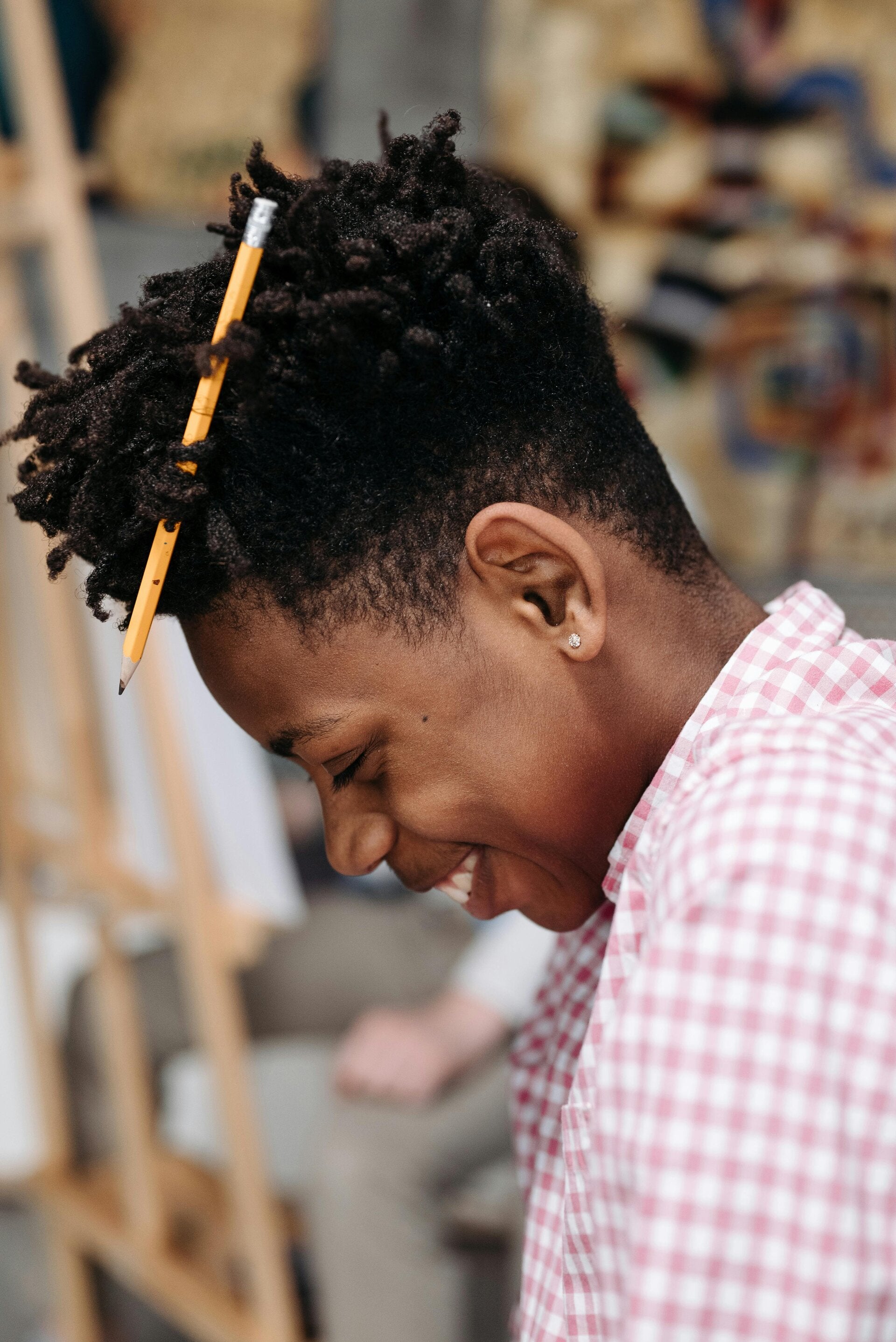What's all this about ADHD?
Acdemic research has typically identified that about 3-5% of the population have ADHD. There has also been a long held view that more boys than girls get diagnosed with ADHD. That could be because boys encourage each other to be disruptive whereas girls tend to police each other and try to stay under the radar.
More recently, I've noticed a huge upturn in young people and adults presenting for assessment with ADHD symptoms. I can think of three or four reasons for the increase. One, more awareness of ADHD and its different presentations (Inattentive, Hyperactive and Combined Inattentive-Hyperactive). Two, the effects of Covid 19. That is, symptoms being exacerbated by the confinements. Three, mobile phone usage. And four, ADHD and neurodiversity becoming viral on Social Media.
I don't think that people have evolved much in the last 5 years due to Covid 19 or mobile phones/social media, therefore the increase seems to be resulting from increased awareness of what was previously under-diagnosed.

